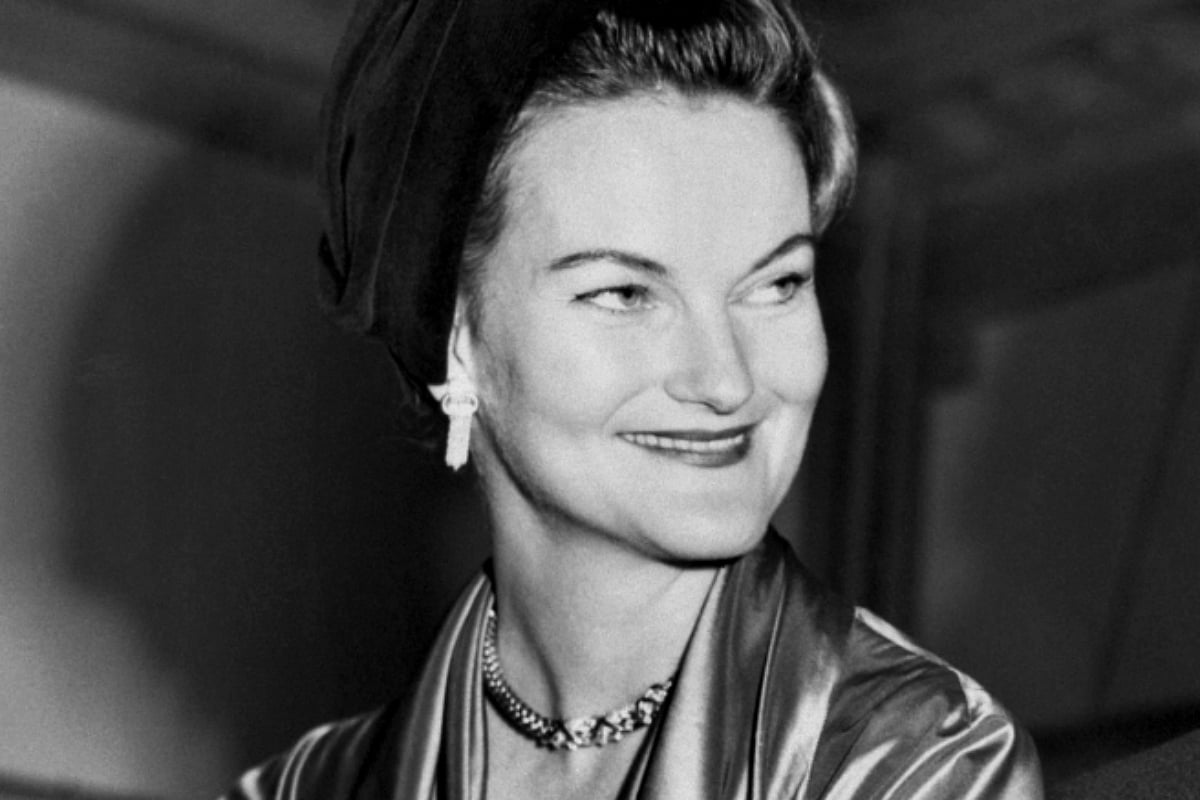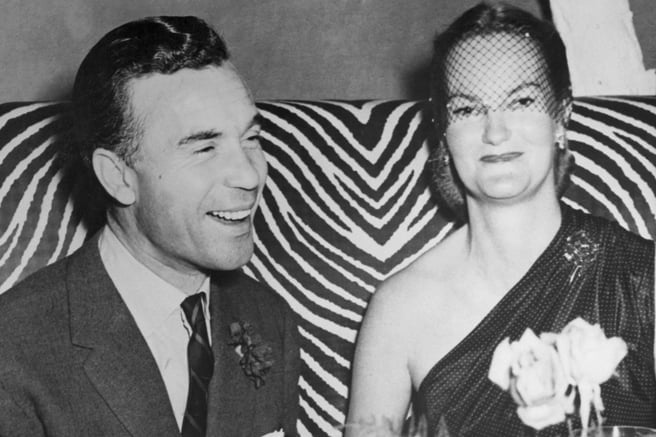
October 7, 1966. A Friday. The day that America's richest woman, Doris Duke, forged a dark, new chapter of her biography.
It was around 4 p.m. when the 53-year-old and her confidante of 10 years, decorator Eduardo Tirella, drove away from her mansion in Newport, Rhode Island, to attend an appointment with the president of the local preservation society.
Tirella was behind the wheel. As they approached the towering iron gates that secured the entrance to the 10-acre Rough Point estate, he stopped his rented Dodge station wagon and climbed out.
Duke slid across to the driver's seat to guide the car through the soon-to-be-unlocked entrance. It was a routine, she later told police; something they'd "done one hundred times before", The Newport Daily News reported.
Yet on that Friday afternoon, the two-ton rented vehicle surged forward with Tirella still in its path. Pieces of iron were torn clear out of the gate as the car crashed through, dragging Tirella's body across a two-lane street before slamming to a stop against a nearby tree.
 The crash scene. Image: Getty.
The crash scene. Image: Getty.
